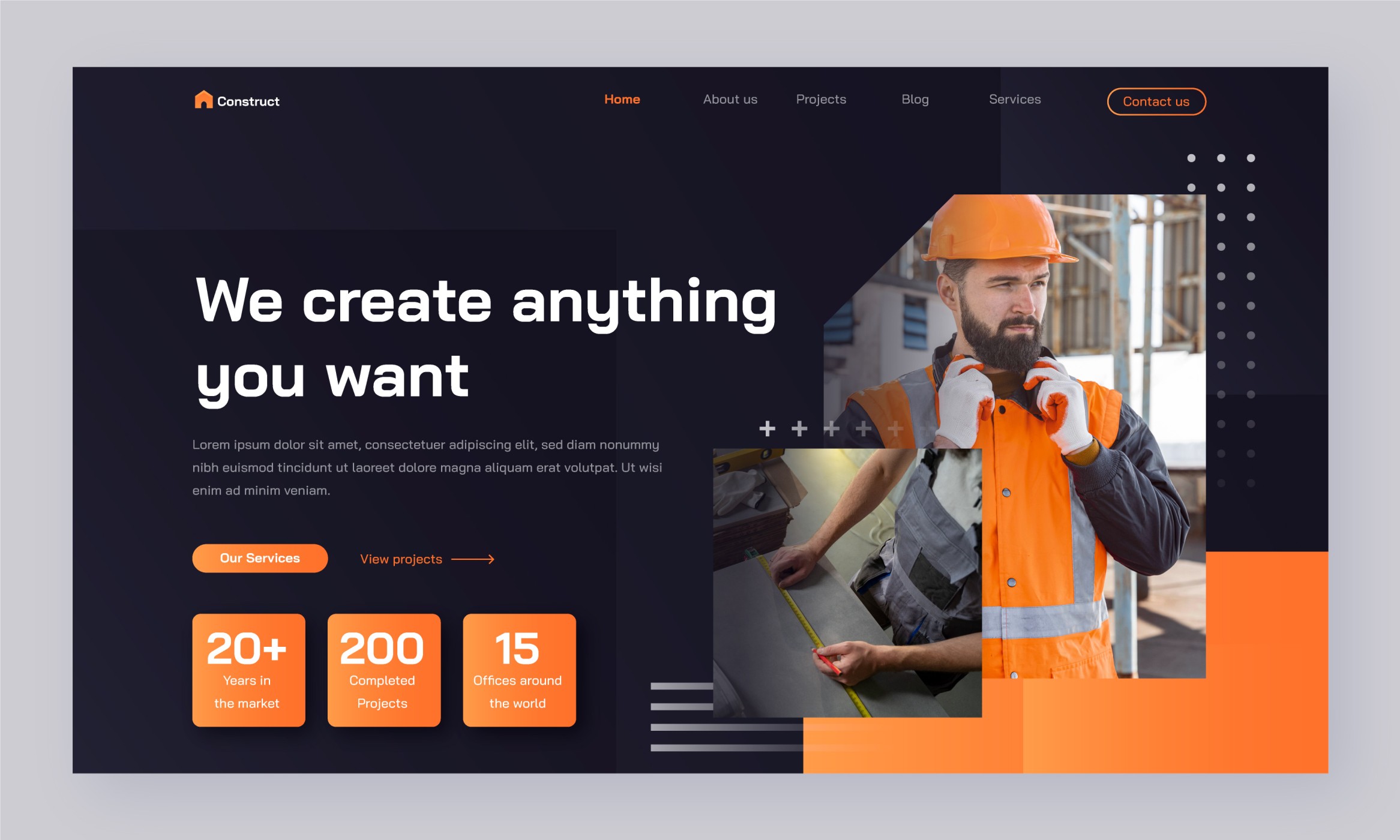Your website is the digital blueprint of your business—a place where trust is built before the first brick is laid. In an industry where credibility is everything, a slow, cluttered, or confusing site can make even the most skilled companies that build houses seem amateur. Nail these nine essentials, and you’ll turn casual clicks into solid leads.
Table of Contents
- Start with a clean, professional design
- Ensure it works flawlessly on mobiles
- Prioritise speed—every second counts
- Showcase your best work in a standout portfolio
- Guide visitors with clear calls-to-action
- Optimise for local search visibility
- Let clients vouch for you with testimonials
- Simplify navigation like a floor plan
- Make contact effortless and immediate
Start with a clean, professional design
First impressions stick. A cluttered website is like a messy construction site: functional, but hardly inspiring confidence. Stick to minimalist layouts with crisp images, clear headings, and a restrained colour palette. Whitespace isn’t empty—it’s a spotlight for your work. If design isn’t your strength, partner with a digital agency that understands construction’s unique demands. They’ll translate your expertise into a site that looks as polished as your projects.
Ensure it works flawlessly on mobiles
Over half of web traffic comes from phones. If your site forces users to pinch, zoom, or wait for slow-loading galleries, they’ll bounce faster than a dropped spirit level. Responsive design adapts content to any screen, whether a client views your portfolio on a laptop or a contractor checks specs on-site. Test it on every device—your site should feel as seamless on a tablet as it does on a desktop.
Prioritise speed—every second counts
A slow website is like a delayed project: frustrating and costly. Compress images (without sacrificing quality), streamline code, and avoid bloated plugins. Aim for a load time under three seconds—Google penalises slower sites, and users abandon them. Some available online tools can pinpoint issues, but a skilled developer will optimise performance better than any DIY fix.
Showcase your best work in a standout portfolio
Your portfolio isn’t a storage unit—it’s your trophy cabinet. Highlight 8-10 projects with high-res images, brief case studies of your total building solutions, and outcomes that matter to clients. Before-and-after shots of a house extension builders’ project? Gold. Videos of a complex renovation? Even better. Organise work by category (new builds, refurbishments, etc.) so visitors quickly find what’s relevant to them.

Guide visitors with clear calls-to-action
Don’t make potential clients hunt for your contact details. Use direct CTAs like “Get Your Free Quote” or “Explore Our Projects”—buttons should pop, not hide. Place them strategically: after portfolio entries, alongside testimonials, or in the header. Think of CTAs as signposts on a building site; without them, people wander aimlessly.
Optimise for local search visibility
When someone Googles “construction companies near me”, you want to be in the top three. Sprinkle location-based keywords (“London loft conversions”) naturally into page titles, headers, and meta descriptions. Local SEO isn’t glamorous, but neither is a leak-proof roof… until it rains. Claim also your Google Business Profile and keep details updated—address, phone number, service areas.
Let clients vouch for you with testimonials
Testimonials are the handshake after a job well done. Feature quotes, star ratings, or video reviews from satisfied clients. For credibility, include full names and project specifics (“Mark & Emily, Kensington Kitchen Extension”). Case studies add depth—show challenges, solutions, and results to prove you’re more than just a firm with a cement mixer. And remember to add testimonials, as nothing builds trust like a client raving about how you transformed their crumbling Victorian terrace into a contemporary masterpiece.
Confusing menus are the Bermuda Triangle of websites. Use clear labels (Services, Projects, Contact), limit dropdowns, and add a sticky header for easy access. Breadcrumbs (Home > Services > Extensions) help visitors retrace their steps. If your site needs a map to navigate, you’ve already lost the potential client. Analytics tools can reveal where visitors get stuck, letting you streamline paths to key pages like your portfolio.
Make contact effortless and immediate
Your contact page shouldn’t be a scavenger hunt. List a phone number, email, and physical address prominently. Adding a simple contact form with project-specific fields (e.g., “Type of Build” or “Preferred Timeline”) helps filter serious enquiries and speeds up response times. Embed a live chat widget for instant queries—builders’ clients aren’t known for patience. Link social profiles, but skip the distractions; this isn’t the place for viral memes.

Andrej Fedek is the creator and the one-person owner of two blogs: InterCool Studio and CareersMomentum. As an experienced marketer, he is driven by turning leads into customers with White Hat SEO techniques. Besides being a boss, he is a real team player with a great sense of equality.
